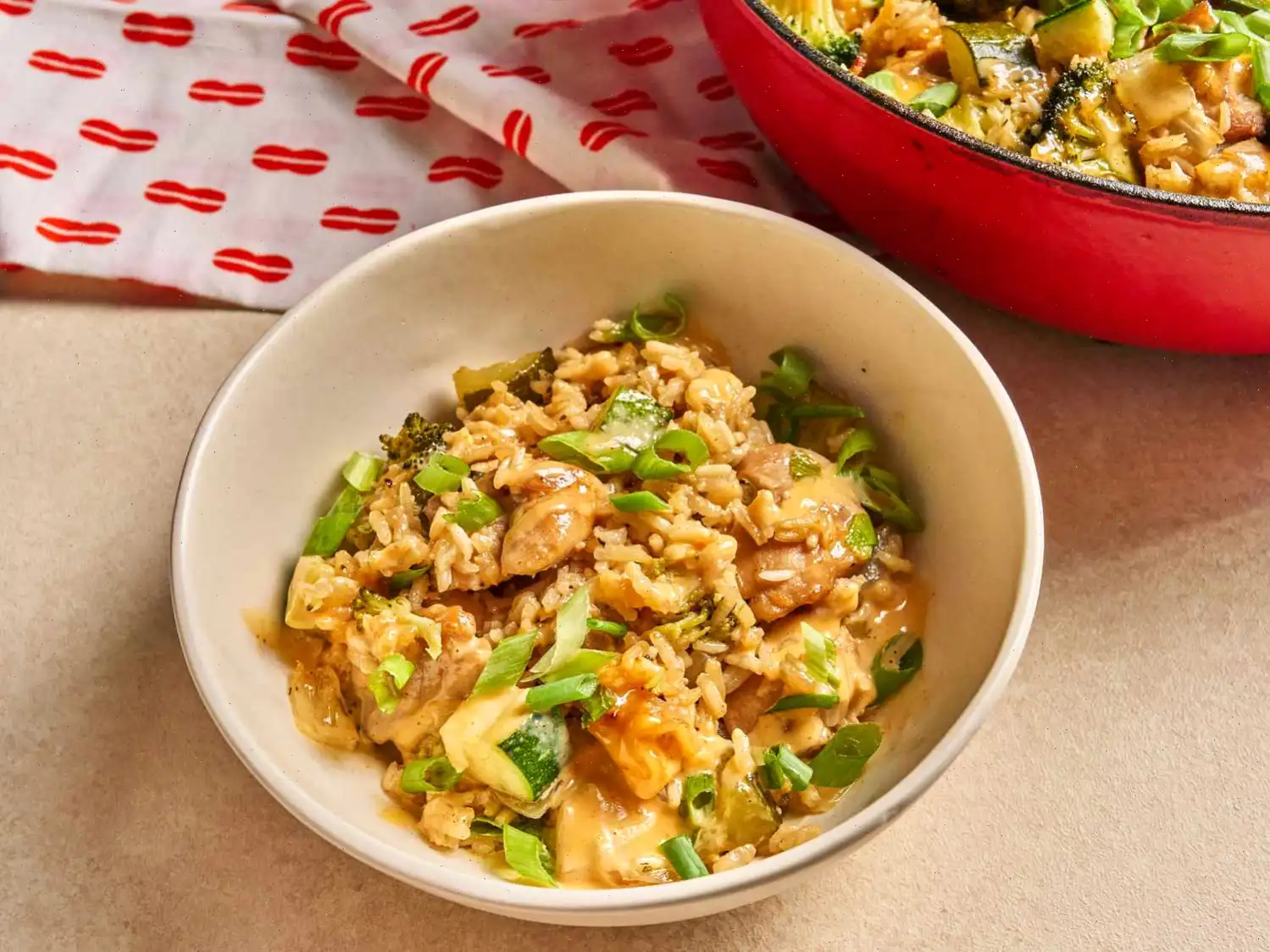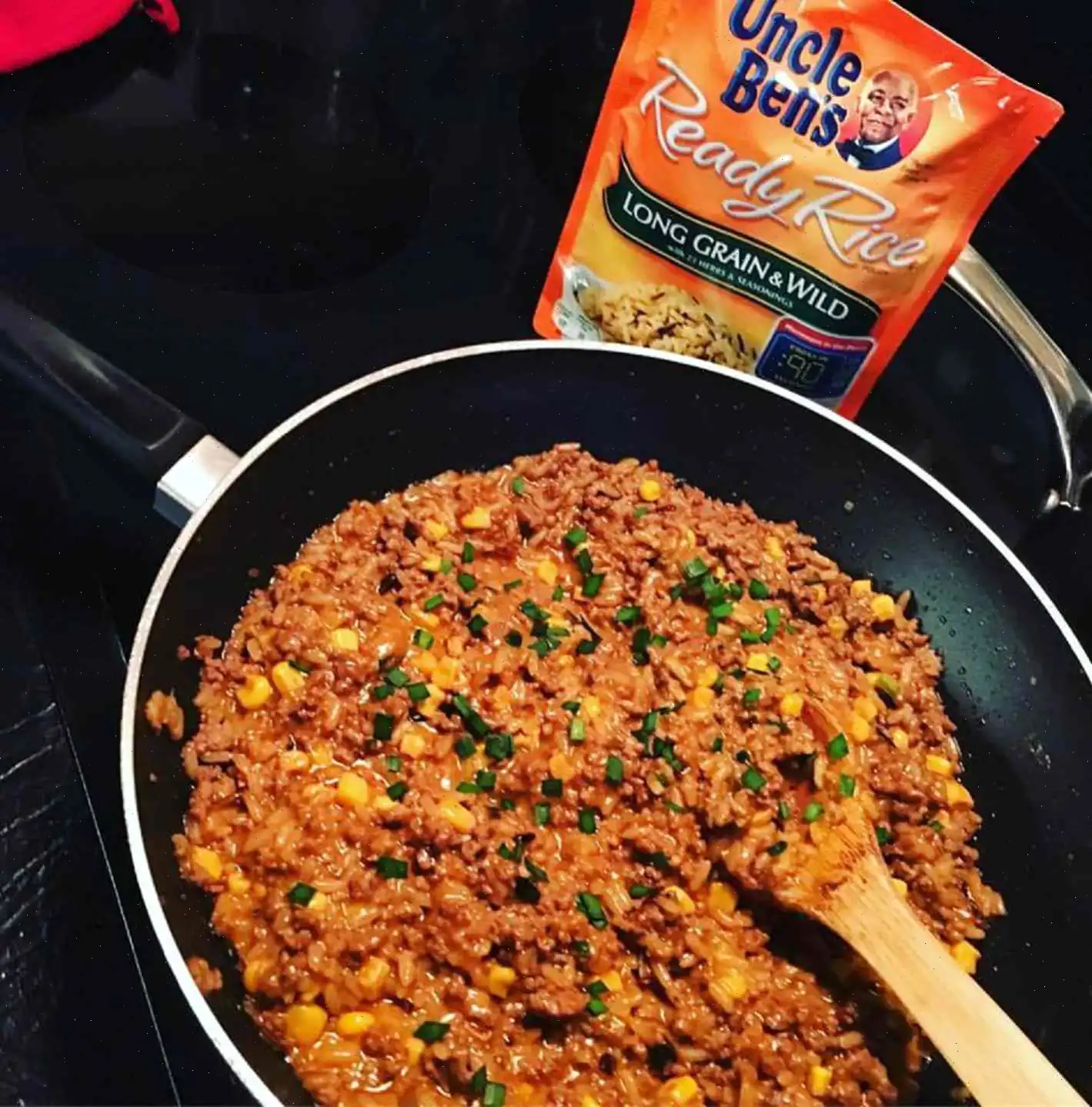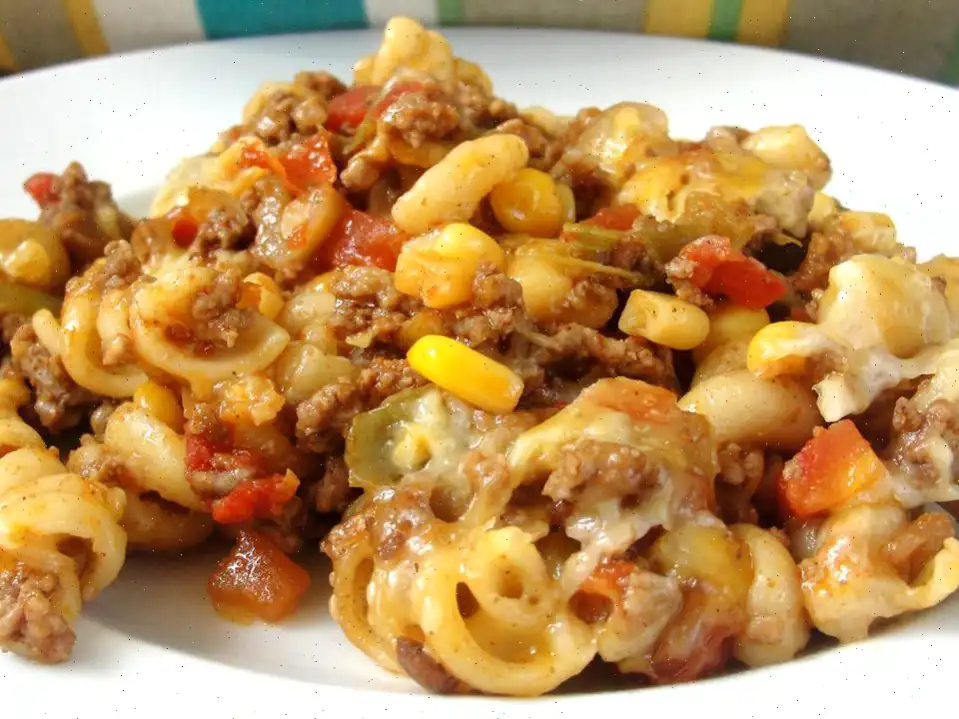
Roast Chicken with Grapefruit Recipe
Ingredients
This recipe was developed at its original yield. Ingredient amounts are automatically adjusted, but cooking times and steps remain unchanged. Note that not all recipes scale perfectly. Original recipe (1X) yields 4 servings.
- 3 ruby red grapefruit
- 1 tablespoon kosher salt
- 1 teaspoons freshly ground black pepper
- 1 (4 pound) whole chicken
- Fresh parsley sprigs
- 3 slices thick-cut bacon
- 1 tablespoon olive oil
- 1 tablespoon Cognac or brandy
- 2 tablespoons low-sodium chicken broth
- 1 teaspoon half-and-half or cream
Directions
Step 1: Working over a bowl to collect juice, section the grapefruits into suprmes, cutting away all peel, pith, and membranes. Squeeze remaining skin and membranes into the bowl to extract as much juice as possible.
Step 2: Preheat the oven to 375F (190C).
Step 3: Stir together salt and pepper in a small bowl. Slip your fingers beneath the skin of the chicken breast and thighs to loosen it from the meat. Rub the salt mixture under the skin, inside the cavity, and over the skin.
Step 4: Tuck half the suprmes and a few parsley sprigs into the chicken cavity. Transfer the chicken, breast side up, to a rack in a baking dish or a cast-iron skillet. Tie the legs together with kitchen twine and fold the wing tips back, tucking them under the chicken.
Step 5: Halve the bacon and drape it over the breast in a herringbone pattern, overlapping as needed. Drizzle the chicken with olive oil, ensuring any uncovered skin is coated.
Step 6: Roast in the preheated oven for 40 minutes. Pour grapefruit juice over the chicken and continue roasting for an additional 35 to 40 minutes, or until an instant-read thermometer inserted into the thickest part of the thigh and breast registers 170F.
Step 7: Tent the chicken with foil and let it rest for at least 15 minutes. Discard the kitchen twine. Remove and reserve suprmes from the chicken cavity.
Step 8: For the sauce, warm the cognac in a small stainless-steel or copper (not nonstick) skillet over medium heat for a few seconds until shimmering at the edges. Remove from heat and carefully ignite with a stick lighter or long match. Let it burn for 1 minute.
Step 9: Add the roasted grapefruit suprmes, chicken broth, and half-and-half to the skillet. Heat through and season with salt and pepper to taste.
Step 10: Serve the chicken on a platter with the remaining fresh suprmes (or extra grapefruit wedges) and parsley sprigs. Spoon the warm sauce over the carved chicken.
Cook's Note
To learn how to section citrus fruits into delicate suprmes, watch Chef John's simple technique.
Nutrition Facts (per serving)
- Calories: 226
- Fat: 13g (17% Daily Value)
- Saturated Fat: 4g (19% Daily Value)
- Cholesterol: 15mg (5% Daily Value)
- Sodium: 1619mg (70% Daily Value)
- Total Carbohydrate: 22g (8% Daily Value)
- Dietary Fiber: 3g (12% Daily Value)
- Protein: 4g (8% Daily Value)
- Potassium: 319mg (7% Daily Value)
* Percent Daily Values are based on a 2,000 calorie diet. Your daily values may be higher or lower depending on your calorie needs.
** Nutrient information is not available for all ingredients. Amount is based on available nutrient data.
Note: If you are following a medically restrictive diet, please consult your doctor or registered dietitian before preparing this recipe for personal consumption.
Roast Chicken with Grapefruit is a unique dish that combines the savory richness of roasted chicken with the tangy sweetness of grapefruit. The recipe offers a delightful balance of flavors that not only excites the palate but also impresses with its visual appeal. This dish has become popular for its sophisticated combination of ingredients, making it a perfect choice for both special occasions and casual family dinners.
Origin and History
The origins of Roast Chicken with Grapefruit can be traced back to the growing trend of combining citrus fruits with roasted meats in the early 20th century. The use of citrus, particularly grapefruit, was initially popularized in the American South, where the fruit was widely cultivated. As culinary experimentation continued to rise in the 1950s, chefs began pairing fruits like grapefruit and oranges with poultry to enhance flavor complexity. The dish itself, though modern in its presentation, reflects the enduring tradition of flavor pairing with citrus, particularly the combination of sweet and savory tastes.
Regional Features
While the dish is widely considered American in its current form, there are regional variations that have developed around the use of citrus in cooking. In Southern cuisine, fruits like grapefruit and orange are often paired with meats such as duck, chicken, and pork. The addition of cognac or brandy in the sauce draws inspiration from classic French cooking, where flambeed sauces are a hallmark. In some regions, the dish is adapted to include local herbs or even different types of citrus, such as the tangy Key lime, further enhancing the flavor profile.
How It Differs from Similar Dishes
Roast Chicken with Grapefruit stands out from other roasted poultry recipes due to the incorporation of fresh citrus fruit directly into the cooking process. While many chicken dishes rely on a straightforward seasoning of herbs and spices, the addition of grapefruit introduces both a zesty freshness and a sweet tartness that complements the richness of the meat. Additionally, the technique of flaming cognac to create a sauce is less commonly used in everyday roasting recipes, elevating this dish to a more refined level. The interplay of roasted fruit and alcohol adds depth and complexity that you wont find in typical roast chicken preparations.
Where It's Typically Served
This dish is often served at formal dinners, holiday gatherings, or celebratory meals. Its striking appearance, especially when garnished with fresh grapefruit suprmes and parsley sprigs, makes it a showstopper on the dinner table. In upscale restaurants, Roast Chicken with Grapefruit is often featured as a main course for seasonal menus, taking advantage of grapefruits peak availability in winter months. It's also commonly paired with a glass of white wine or a light red to balance the flavors of the dish.
Interesting Facts
- The process of flambeing cognac is a nod to classic French techniques, which adds both dramatic flair and depth to the sauce.
- Grapefruit, originally discovered in the Caribbean in the 18th century, was once considered a "forbidden fruit" due to its bitter taste, but has since become a beloved ingredient in both sweet and savory dishes.
- Many modern variations of the recipe feature different types of citrus fruits, like blood oranges or mandarins, for a slightly different flavor profile.
- Pairing fruits with poultry is a technique dating back centuries, but it has only gained widespread popularity in recent decades as chefs experiment with non-traditional ingredients.
Conclusion
Roast Chicken with Grapefruit is an innovative dish that reflects the creativity and adaptability of modern American cuisine. With its rich history, regional twists, and distinctive flavor profile, this recipe is sure to stand out at any dining occasion. Whether youre roasting it for a cozy family dinner or presenting it at a festive gathering, this dish is a delightful way to celebrate the versatility of citrus and poultry.








